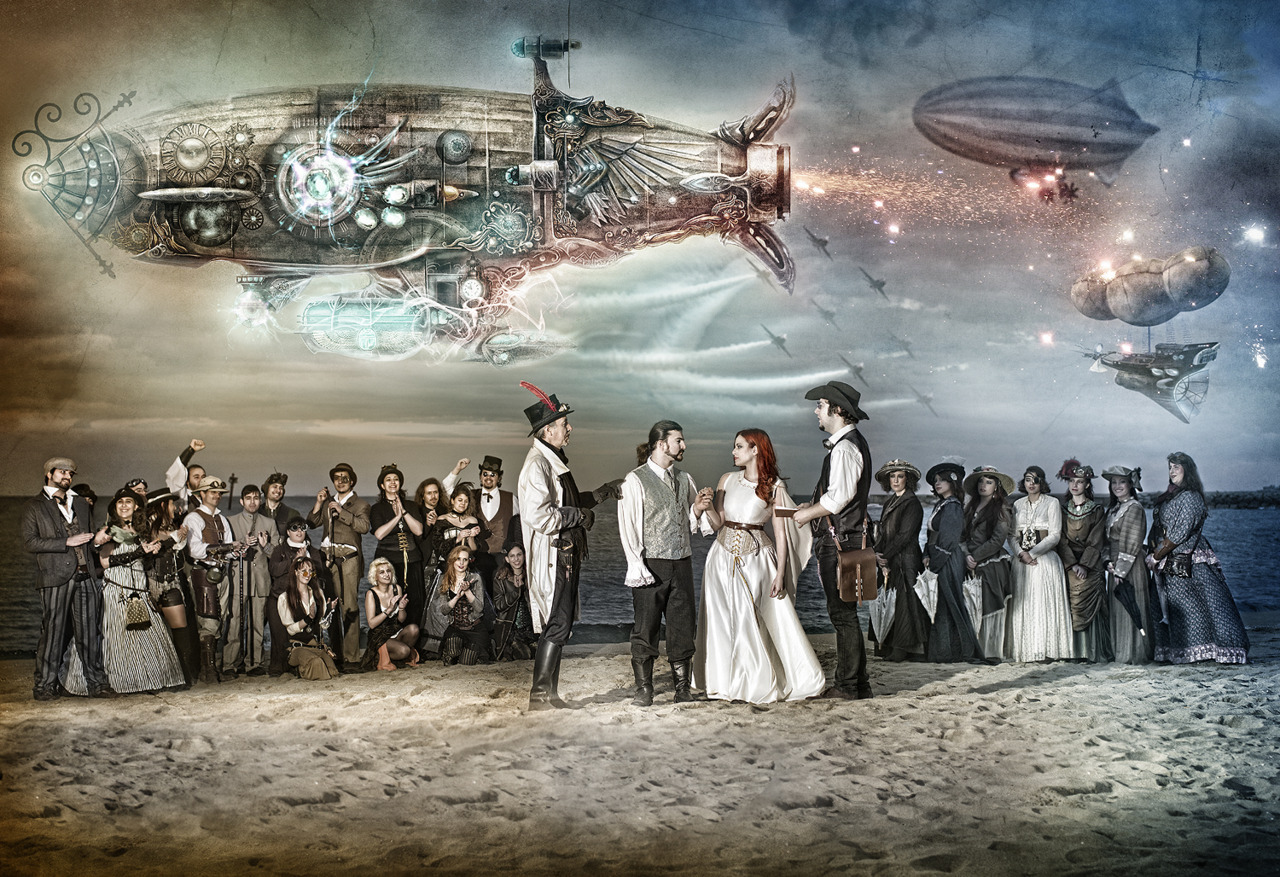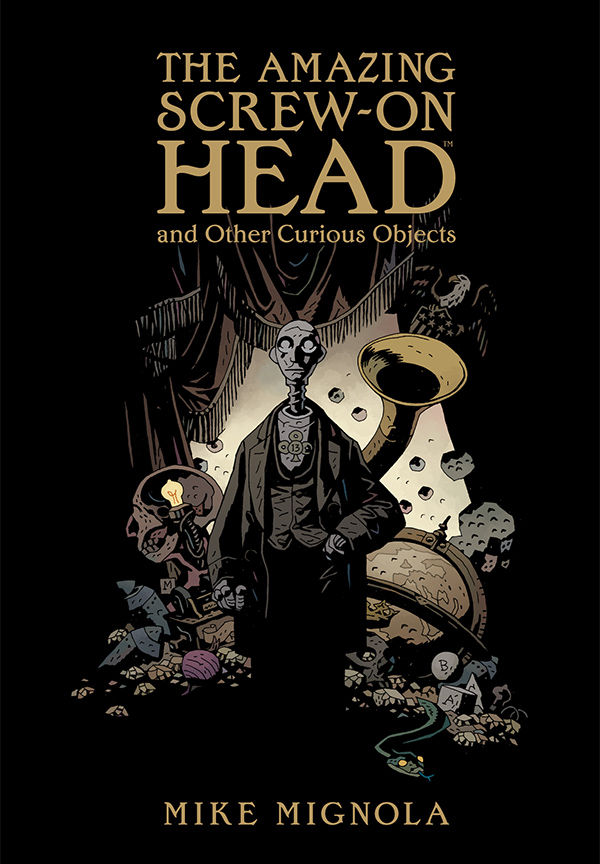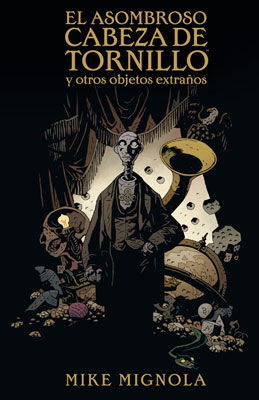For a while now we're finding lots of works of this mash-up genre such as Android Karenina or Abraham Lincoln, vampire hunter, just to give a couple of examples, that we've reviewed in this blog. I haven't read a lot of this genre but Pride and prejudice, the graphic novel and Sherlock Holmes y los zombis de Camford (Sherlock Holmes and the Camford zombies), but I must recognize that all of them, even this last one, in a not very usual style, being honest, I liked them. Seeing that was written La isla del tesoro Z (Z Treasure island), obviously, I couldn't resist to read it as soon as possible, so I did. And I wasn't bad at all.
We must begin saying that it is a story told by Jim Hawkins himself in first person some years later than the official story was published by Stevenson, what makes it to have lots of references and personal comments, gloomy thoughts and memories, explained with a language... Let's say "retro". But, that's true, it's a really clean and light style, so, please, don't panic because of the way of writting. I must recognize that it's the first work of De-Bernardi that I've read and I really liked it. Nothing to envy to the previous writters.
Just left to say that it's a good and new revision of this classic of classics that, bridging the gap and with a little bit more of biting humour of some Jack Sparrow, could delight any fan of Pirates of the Caribbean.
* * * * *
Últimamente nos estamos encontrando con muchas obras de género mash-up como Androide Karenina o Abraham Lincoln, cazador de vampiros, por dar un par de ejemplos ya reseñados en el blog. Apenas he leído algo más del género, únicamente Orgullo y prejuicio y zombis, la novela gráfica y Sherlock Holmes y los zombis de Camford, pero tengo que reconocer que todos, incluso este último, en un estilo poco convencional, siendo sinceros, me gustaron. y viendo que se había escrito La isla del tesoro Z, obviamente no me pude resistir a hincarle el diente, así que así lo hice. Y no me dejo mal sabor de boca.
Hay que partir de que nos encontramos ante la narración del propio Jim Hawkins en primera persona pasados ya unos años desde la historia oficial publicada de mano de Stevenson, lo que hace que haya bastantes referencias y comentarios personales del protagonista, pensamientos melancólicos y recuerdos, explicados con un lenguaje... Digámosle "retro". Eso sí, todo en un estilo muy limpio y muy ligero, así que que nadie se me asuste por la forma de escribir. Tengo que reconocer que, en eso, la primera obra de De-Bernardi me ha sorprendido gratamente. Nada que envidiar a los autores de la época.
En definitiva, una buena y nueva visión de un clásico de los clásicos que, salvando las distancias y con un poco más de humor mordaz de algún Jack Sparrow, podría hacer las delicias de más de un seguidor de Piratas del Caribe.










